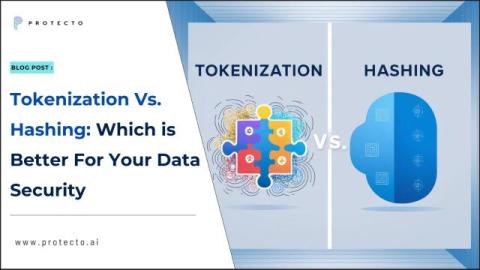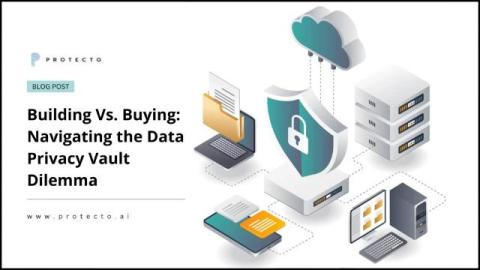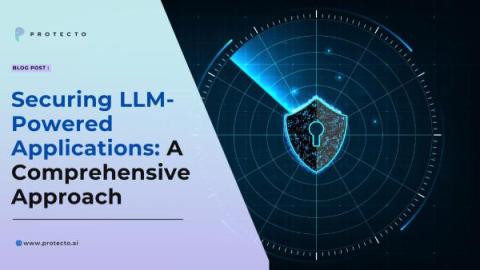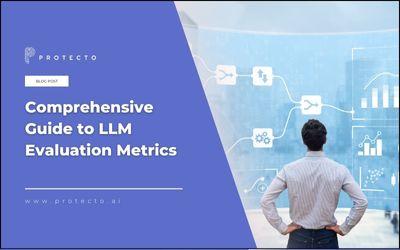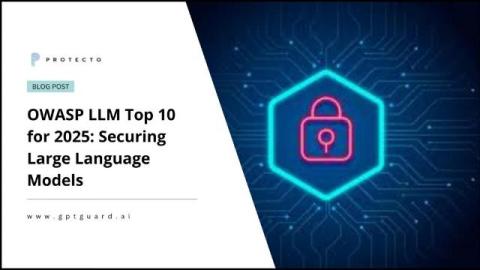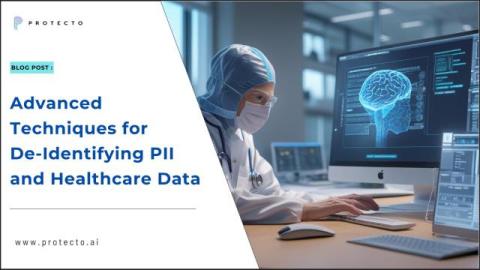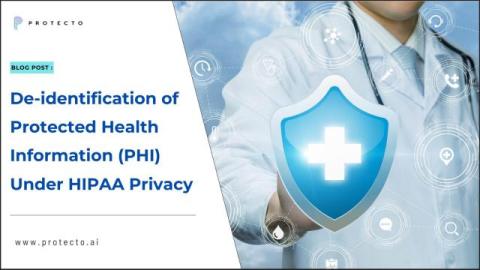Tokenization Vs Hashing: Which is Better for Your Data Security
Data security is a critical concern for organizations worldwide. Cyberattacks and data breaches have put sensitive information such as customer data, payment details, and user credentials at constant risk. Techniques like tokenization vs hashing provide essential tools to safeguard this information effectively. Understanding the distinctions between these methods is crucial for selecting the right approach.


